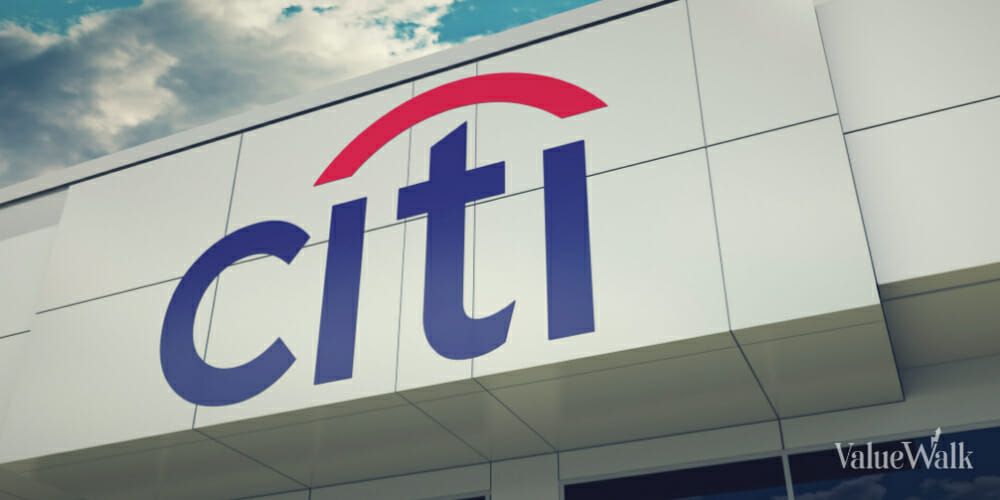Theologians may debate whether birth is a miracle, but scientists know it produces a life-saving biological material – stem cells. That has led to a growing industry in stem cell banking.
A Growing Market
The continued rise in chronic, often fatal, diseases along with the research and development efforts to treat them is propelling dramatic growth in stem cell banking.
Q1 2023 hedge fund letters, conferences and more
The market size for stem cell banking was valued at $4,286,500 in 2020, according to Allied Market Research. However, the market is expected to nearly quadruple to $16,558,400 by the end of the decade. Allied is projecting a compound annual growth rate of 15.6 percent from 2021 to 2030.
What Are Stem Cells
Stem cells are the ultimate tool in your body’s repair kit. They do not have a specific function but can adapt to become specialized cells such as brain cells, blood cells, or muscle cells. In addition, they can divide and renew over time.
Most of us make stem cells automatically. However, some people do not make enough to stave off disease. For them, stem cell transplants can be lifesaving.
Stem Cell Banking
Stem cell banking is the harvesting of stem cells from blood in the umbilical cord. The cells are then frozen for later use.
Some parents bank their child’s stem cells in case family members need them later. However, most parents donate stem cells for general use. Conversely, other parents choose not to have the stem cells harvested. In that case, they are destroyed along with the umbilical cord and placenta.
Treating Disease
Stem cell banks analyze blood from the donated umbilical cord to match it with a stem cell recipient. When a match is made, the stem cells are transplanted into the patient.
Stem cells are used to treat various cancers, such as leukemia and lymphoma. They are also employed to help with anemia, sickle cell, bone marrow diseases, and immune system disorders.
Researchers are studying ways stem cells might be used to treat even more health issues, including Alzheimer’s, diabetes, heart disease, spinal cord injuries, arthritis, and Parkinson’s disease.
Methods of Stem Cell Banking
There are two types of stem cell banks – private and public.
Public banks take donations that are distributed to patients that match your baby’s blood type. They are regulated by the U. S. Food and Drug Administration (FDA). Furthermore, they do not charge fees and donations are anonymous.
If you elect to donate stem cells, you should let your physician know as soon as possible, because your hospital may need to order a cord blood collection kit.
Private banks hold the donated stem cells exclusively for your family. However, your baby probably will not be able to use its own stem cells to treat an illness. That is because those cells may have contributed to the formation of their disease.
“Most healthcare providers only encourage storing your baby’s cord blood with a private bank if a sibling with a congenital condition could benefit from stem cells,” according to the Cleveland Clinic. “Because your chances of ever needing this cord blood are small, most privately-banked cord blood gets thrown away.”
Investing
The increase in stem cell treatments and research has led to a variety of investment opportunities.
Major players in the market include companies such as,
You may not find investment funds that target stem cell banking exclusively. However, many biotech ETFs invest a portion of their money in stem cell companies. Some of those include:
- iShares Biotechnology ETF (IBB)
- SPDR S&P Biotech ETF (XBI)
- ARK Genomic Revolution Multi-Sector ETF (ARKG)
About the Author
Max K. Erkiletian began writing for newspapers while still in high school. He went on to become an award-winning journalist and co-founder of the print magazine Free Bird. He has written for a wide range of regional and national publications as well as many on-line publications.













